Disclosure: This article contains affiliate links. We may earn a commission from purchases at no extra cost to you, which helps our travel content.
There's something profoundly satisfying about experiencing two dramatically different ecosystems within a single journey. As someone who's spent decades studying marine environments, I've developed a deep appreciation for how terrestrial landscapes influence the waters below. My recent two-week solo expedition took me from the misty Himalayan foothills of Darjeeling to the sun-drenched Mediterranean shores of Corfu—a deliberate pairing that offered striking ecological contrasts. The journey wasn't just about conquering trails; it was about understanding how elevation, climate, and human history have shaped these distinct environments. Whether you're seeking the meditative solitude of mountain paths or the rhythmic companionship of crashing waves, this dual-destination adventure delivers profound insights into our planet's remarkable diversity—and perhaps into yourself as a traveler.
Preparing for Dual Ecosystems: Gear and Planning
When planning a trip spanning both Himalayan foothills and Mediterranean coastlines, your packing strategy becomes an exercise in adaptability. I've led research expeditions across varied climates, but this particular combination required careful consideration.
For Darjeeling (elevation 6,700 feet), temperatures in fall hover between 10-15°C (50-59°F) with frequent mist and occasional rain. Meanwhile, Corfu maintains a pleasant 18-24°C (64-75°F) with significantly less precipitation. This temperature differential meant layering was essential.
My core kit included moisture-wicking base layers, a reliable mid-layer fleece, and my trusty waterproof jacket which proved invaluable during unexpected Darjeeling downpours. For footwear, I opted for a single pair of hiking boots rather than packing separate pairs. After 20+ years of fieldwork, I've found these strike the perfect balance between ankle support for mountain terrain and comfort for longer Mediterranean coastal walks.
Equally important was my navigation strategy. While cellular coverage in Darjeeling is spotty at best, Corfu offers more reliable connectivity. I downloaded offline maps for both regions using Maps.me and carried a traditional compass as backup—a habit from my early research days that's saved me more than once.
Perhaps most critical was my hydration system. The humidity levels between these regions differ dramatically, affecting how much water you'll need. I carried a 2-liter hydration bladder for Darjeeling's demanding ascents and a collapsible 1-liter bottle for Corfu's more accessible trails where refill points are plentiful.
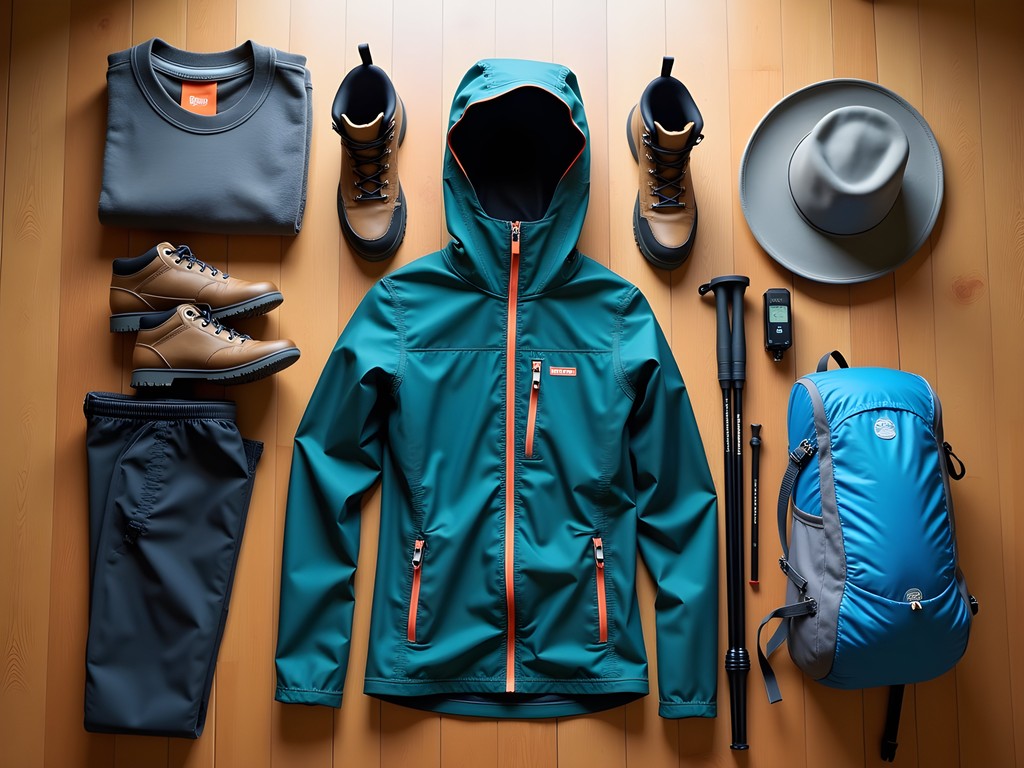
💡 Pro Tips
- Pack a lightweight down jacket for Darjeeling's chilly mornings that compresses small for Corfu travels
- Invest in quick-dry hiking pants with zip-off legs to adapt to both climates
- Bring electrolyte tablets for Darjeeling's higher altitude hikes to prevent dehydration
Darjeeling: Trekking Through the Clouds
The Singalila Ridge trek in Darjeeling begins as a gentle ascent through villages and quickly transforms into something otherworldly. Unlike the predictable clarity of marine visibility studies I've conducted, the Himalayan foothills play with perception—one moment obscuring views in dense cloud, the next revealing panoramas so vast they defy comprehension.
My five-day route from Maneybhanjang to Phalut (and back) traversed through multiple ecological zones, each with distinct biodiversity markers. The rhododendron forests at 3,000 meters reminded me of specialized marine ecosystems—highly adapted to specific conditions and stunningly beautiful in their resilience.
The highlight came at Sandakphu (3,636m), where I awoke at 4:30 AM and hiked to a viewpoint just before sunrise. As first light broke, the clouds parted to reveal four of the world's five highest peaks: Everest, Kanchenjunga, Lhotse, and Makalu. Having studied how mountain runoff affects coastal ecosystems for decades, standing before these water towers—these architects of downstream life—was profoundly moving.
The trek's difficulty shouldn't be underestimated. Even as someone who regularly conducts fieldwork in challenging conditions, I found days three and four physically demanding. The 1,200m elevation gain from Kalipokhri to Phalut tested my endurance, particularly in the thinning air. I monitored my oxygen levels with a small pulse oximeter, a precaution I recommend for solo trekkers at altitude.
The teahouses along this route offered simple but adequate accommodation, though facilities were basic—cold water only and limited electricity. Each evening, I'd join fellow trekkers and local guides around wood stoves, where conversation inevitably turned to the changing climate. Guides in their sixties spoke of receding snowlines and shifting rainfall patterns—observations that align perfectly with the coastal changes I've documented in my research.
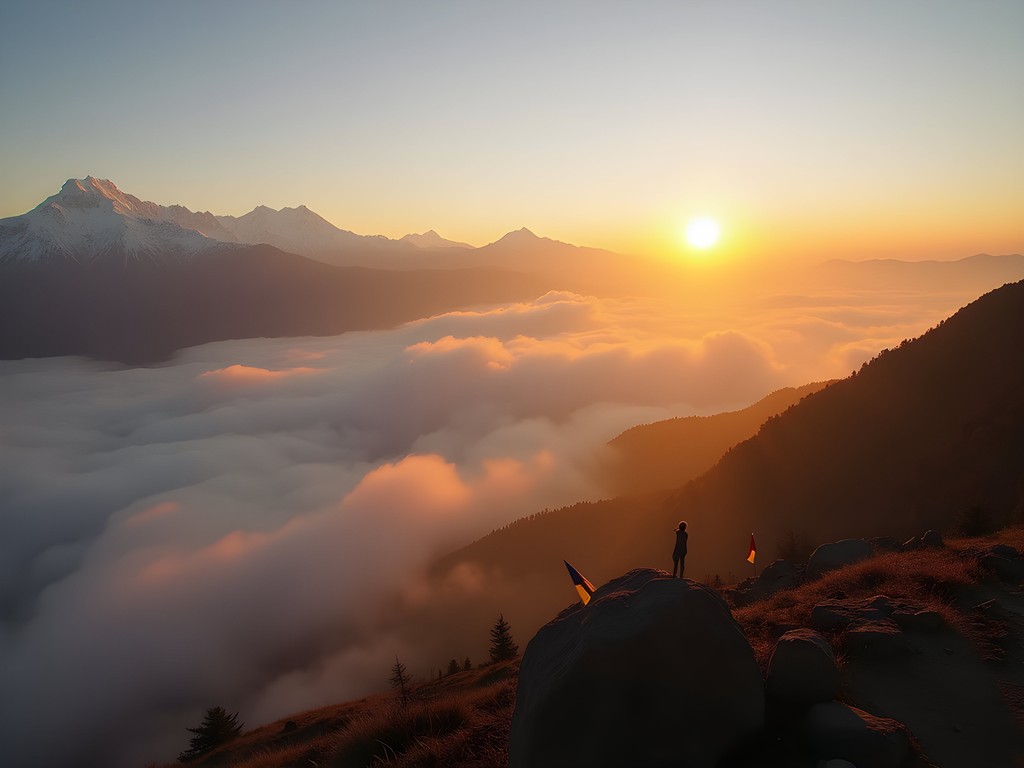
💡 Pro Tips
- Book a local guide through Himalayan Travels in Darjeeling town - ask specifically for Dorjee who has exceptional knowledge of local flora
- Start your trek by 7 AM daily to avoid afternoon cloud cover that often obscures mountain views
- Pack extra batteries for all devices - charging opportunities are extremely limited after Tumling
Corfu's Corfu Trail: Where Mountains Meet the Mediterranean
Transitioning from Darjeeling's misty heights to Corfu's sun-drenched coastline created a fascinating ecological contrast. The Corfu Trail—a 220km route traversing the island's diverse landscapes—offers a completely different hiking experience while being equally rewarding.
I chose to tackle the northern sections of the trail, focusing on the coastal segments between Agios Spyridonas and Agios Georgios. Here, the path alternates between rugged cliffs and gentle beaches, with the Ionian Sea's striking turquoise waters never far from view. As a marine biologist, I found myself constantly pausing to examine the intertidal zones—these boundary ecosystems reveal so much about marine health and coastal dynamics.
The trail's marking system uses yellow signs with CT lettering and occasional yellow dots on rocks and trees. While generally well-maintained, I found sections near Erimitis Beach where recent landslides had obscured the path. My trekking poles proved invaluable for stability on these eroded sections.
Unlike Darjeeling's teahouses, Corfu offers diverse accommodation options along the route. I alternated between small family-run pensions and camping at designated sites. The Paleokastritsa monastery area provided a particularly memorable overnight stay, with rooms overlooking dramatic limestone cliffs plunging into the sea.
The trail's botanical diversity astounded me—coastal pine forests giving way to olive groves, some containing trees over 400 years old. These ancient groves create unique microclimates and soil conditions that support specialized undergrowth species. I couldn't help drawing parallels to the specialized niches found in coral reef ecosystems I've studied.
Perhaps most striking was experiencing the Mediterranean's seasonal rhythms during fall. With summer tourists departed, I encountered primarily local fishermen and farmers. One elderly olive harvester near Lakones village shared traditional ecological knowledge about predicting winter weather patterns based on olive production—information that resonated with similar predictive ecological relationships I've documented in marine systems.
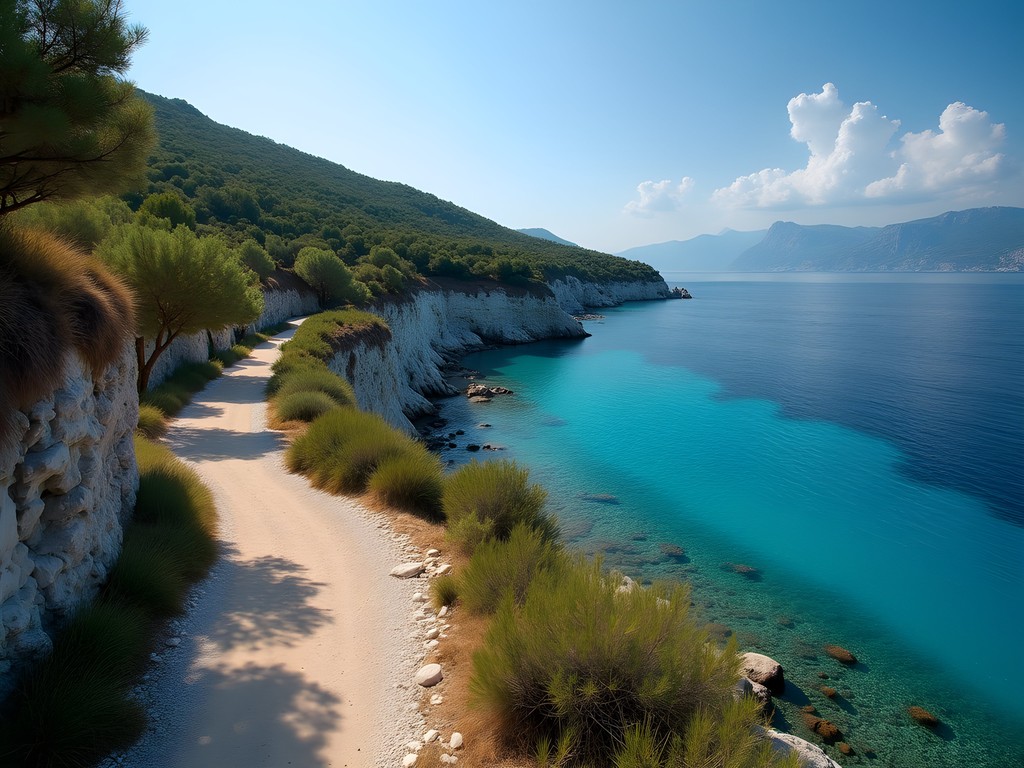
💡 Pro Tips
- Download the Corfu Trail app which works offline and shows water sources and accommodation options
- Schedule rest days at Paleokastritsa and Myrtiotissa Beach for swimming and snorkeling opportunities
- Carry cash as many smaller villages have limited card facilities, especially in off-season
Ecological Connections: Mountains to Sea
As someone who has spent her career studying the interconnectedness of ecosystems, the juxtaposition of Darjeeling's mountains and Corfu's coastlines provided a living laboratory for observing ecological relationships. What happens in the mountains inevitably affects the seas—a principle that guides both my research and my travel philosophy.
In Darjeeling, I observed how the Himalayan watershed creates a complex hydrological system that eventually feeds into the Bay of Bengal. The region's famous tea plantations, while picturesque, have replaced native forests, altering soil composition and runoff patterns. During my trek through the Singalila National Park, I spoke with forest rangers about their efforts to balance conservation with the economic needs of local communities—a challenge mirrored in marine protected areas worldwide.
Corfu presented the receiving end of similar ecological relationships. The island's coastal formations bear witness to millennia of sedimentation processes, with material originating in distant mountains. The clarity of Corfu's waters in fall—when agricultural runoff is minimal—demonstrates how terrestrial activities directly impact marine visibility and health.
For the scientifically curious hiker, I recommend carrying a basic field microscope to examine soil and water samples along your journey. This simple tool has transformed my understanding of microbial diversity across different elevations and ecosystems.
Both regions face climate change challenges, though manifesting differently. In Darjeeling, guides pointed out how rhododendron flowering seasons have advanced by nearly two weeks over the past decade—a phenological shift consistent with warming trends. In Corfu, local fishermen described changing migration patterns of key fish species and the northward expansion of invasive species from warmer waters.
Perhaps most striking was comparing the human adaptations to these environments. Darjeeling's architecture features steep roofs for shedding snow and rain, while Corfu's whitewashed buildings with blue accents reflect the Mediterranean sun. These adaptations extend to agricultural practices, cuisine, and cultural traditions—all shaped by the unique demands of their respective ecosystems.
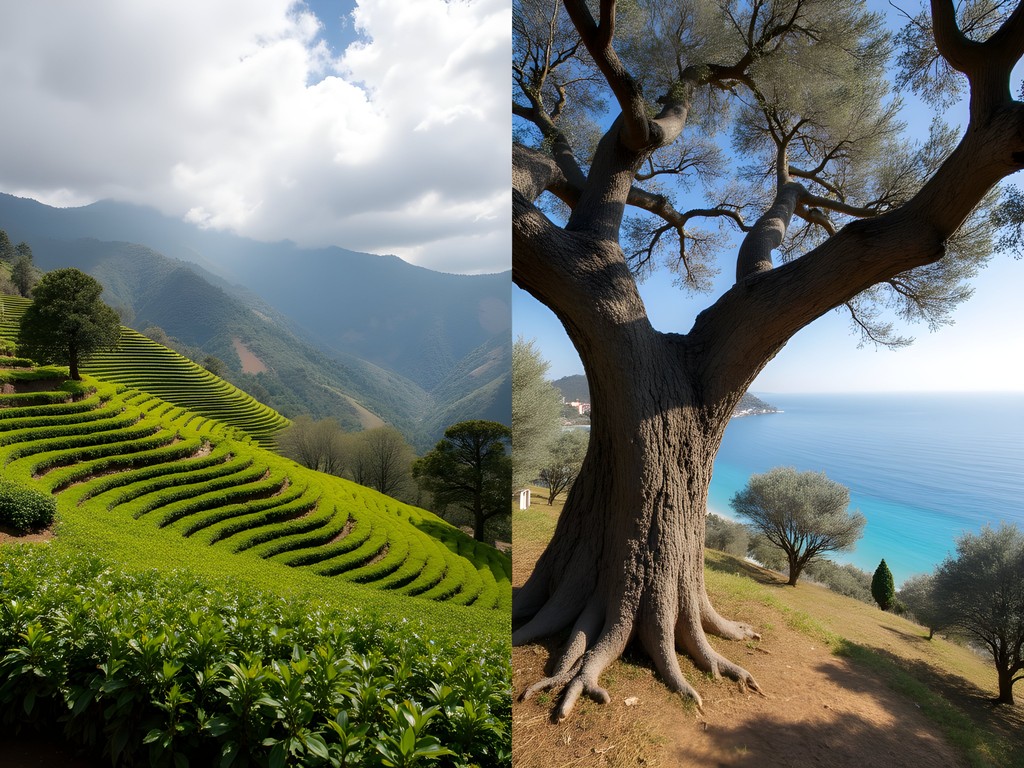
💡 Pro Tips
- Keep a field journal comparing soil types and vegetation at different elevations in both locations
- Visit Darjeeling's Himalayan Mountaineering Institute to understand the region's geological formation
- In Corfu, take a guided boat tour focused on marine ecology to see the island from a different perspective
Cultural Immersion Through Local Cuisine
One of my core travel philosophies is that understanding an ecosystem extends to the human cultures it sustains—particularly through food traditions. Both Darjeeling and Corfu offer distinctive culinary experiences that reflect their unique geographical positions and historical influences.
In Darjeeling, the food reveals a fascinating blend of Nepali, Tibetan, and Bengali influences. At higher elevations along the Singalila Ridge, teahouse menus become increasingly simple yet hearty—perfect for refueling after long days on the trail. Thukpa (noodle soup) and momos (dumplings) appear consistently, with variations reflecting available local ingredients. The warming properties of these dishes make perfect sense in the cool mountain climate.
I made a point to document the changing ingredients as I ascended. At lower elevations, fresh vegetables featured prominently, while preserved and dried foods became more common above 3,000 meters. This pattern mirrors what marine biologists observe with depth gradients in oceanic food webs—resource availability shapes adaptation.
Corfu's cuisine, by contrast, celebrates the Mediterranean trinity of olive oil, fresh seafood, and seasonal produce. The island's sofrito (beef in white wine sauce) and bourdeto (spicy fish stew) showcase how proximity to the sea shapes culinary traditions. I spent one memorable evening at a family taverna in Doukades village, where three generations worked together preparing dishes with olive oil pressed from their own centuries-old trees.
For capturing these culinary experiences, my compact camera proved perfect—its advanced food photography mode and discreet size allowed me to document dishes without disrupting the authentic atmosphere.
Perhaps most fascinating were the preservation techniques in both regions. Darjeeling's dried fermented vegetables and Corfu's salt-cured olives represent similar solutions to different environmental challenges. Both approaches developed long before refrigeration but remain relevant today as sustainable food practices—something I've been documenting alongside my marine research for a forthcoming paper on traditional ecological knowledge.
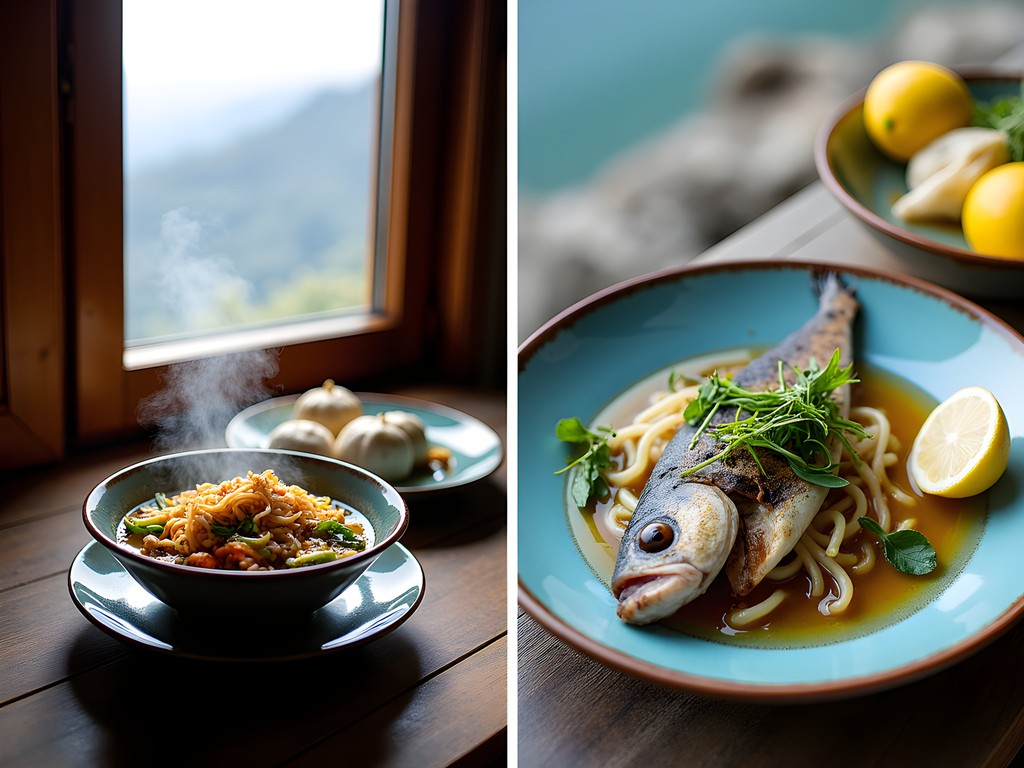
💡 Pro Tips
- In Darjeeling, visit Glenary's Bakery in town before your trek for their excellent trail mix and energy bars made with local ingredients
- Book a cooking class with Vasilis in Corfu Town who focuses specifically on foraged ingredients from the island
- Try Darjeeling's butter tea at least once - it's an acquired taste but perfectly suited to the mountain climate
Final Thoughts
As I flew home to Osaka, reviewing my field notes and photographs from both Darjeeling and Corfu, I was struck by how these seemingly disparate environments tell a unified story of our planet's remarkable adaptability. From the prayer flags fluttering at 3,600 meters to the ancient olive trees clinging to Mediterranean cliffs, both landscapes demonstrate resilience in the face of challenging conditions—a quality increasingly vital in our changing world. For the solo traveler seeking both physical challenge and ecological insight, this mountain-to-Mediterranean journey offers a unique perspective on how elevation, climate, and human history shape our experience of place. Whether you're drawn to misty mountain paths or sun-drenched coastal trails, the contrast between these environments will deepen your understanding of our interconnected world. As both scientist and traveler, I've found that the most meaningful journeys are those that change how we see—not just the landscapes before us, but our place within them.
✨ Key Takeaways
- Combining dramatically different ecosystems in one trip provides unique insights into ecological relationships
- Solo hiking in both Darjeeling and Corfu is manageable with proper preparation and local guidance
- Fall offers ideal conditions for both destinations with fewer crowds and moderate weather
📋 Practical Information
Best Time to Visit
September-November for both destinations
Budget Estimate
$2,000-3,000 excluding international flights
Recommended Duration
Minimum 12-14 days (5-6 days per destination plus travel)
Difficulty Level
Moderate To Challenging

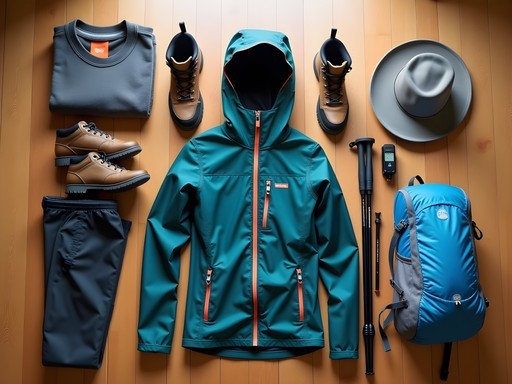










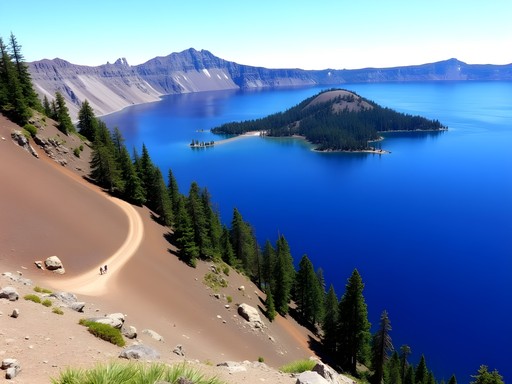


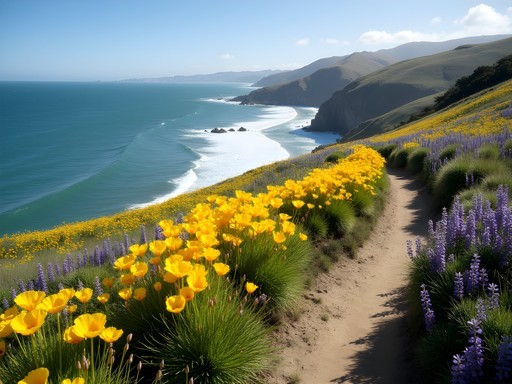
Comments
smarthero
Really appreciate the ecological focus of this article. I've been to both places (though years apart) and never made the mountain-to-sea connection so explicitly. Makes me want to revisit both with new eyes! Anyone have recommendations for good local guides in Darjeeling? My experience was that having someone who knew the less-traveled paths made all the difference.
happyqueen
This looks incredible! I'm a complete beginner - would either place be suitable for someone with almost no hiking experience? The views look worth it!
nomadmate
I started hiking in Corfu as a beginner! Stick to the coastal sections - they're easier and you can always dip in the sea when you get tired! 😂
Dylan Turner
Natalie, your ecological observations are spot on. Having hiked both regions myself, I've always been fascinated by the biodiversity transition from alpine to Mediterranean ecosystems. The section on gear preparation is particularly valuable - I've found that seasonal timing is everything for these destinations. Darjeeling post-monsoon (October-November) offers clearer Himalayan views, while Corfu in May showcases incredible wildflower blooms along the trail. Did you notice significant trail maintenance differences between the two? I found Corfu's waymarking inconsistent in places, whereas Darjeeling's popular routes are generally well-maintained by local guides and organizations.
Natalie Mason
Excellent point about timing, Dylan! And yes, the trail maintenance differences were notable. Corfu's trail signage was indeed spotty in the southern sections - I actually downloaded offline GPS tracks as backup. Darjeeling's main routes were better maintained, though some of the less-traveled paths I took toward Sikkim required local knowledge.
nomadmate
Wow! Two dream destinations in one trip! Your photos are AMAZING! 😍
redhero
Just got back from Darjeeling last month! Pro tip for anyone going: the weather changes FAST up there. I used my hiking poles constantly on those steep descents. Also, don't miss the small tea gardens off the main tourist path - way more peaceful than the big estates.
happyqueen
Which tea gardens would you recommend specifically? Planning a trip for next spring!
redhero
Check out Tumsong Tea Garden - it's smaller and less crowded than Makaibari or Happy Valley. Amazing views and you can actually talk to the workers sometimes!
Megan Martin
What a fascinating comparison, Natalie! I hiked the Corfu Trail last spring and was struck by how the landscape shifts from olive groves to dramatic cliffs. Your ecological perspective adds a whole new dimension I hadn't considered. I found the northern sections particularly challenging but rewarding. Did you encounter many other hikers on either trail? In Darjeeling I was surprised by how crowded some routes were, especially near Singalila Ridge, though it thinned out considerably on longer treks.
islandmate9910
Which location would you recommend for a first-time hiker? Thinking of trying one of these next year!
Natalie Mason
For a first-timer, I'd suggest Corfu! The trails are well-marked, there are plenty of villages along the way for breaks, and the elevation changes are more moderate. Darjeeling's altitude can be challenging if you're not acclimatized.
wanderlustphotographer
Those sunrise shots from Tiger Hill are absolutely breathtaking! I've been to Darjeeling but never made it to Corfu - adding it to my list now. Did you find the temperature difference challenging to pack for?
Natalie Mason
Thanks! The temperature range was definitely a packing challenge. I ended up using a layering system that worked for both - moisture-wicking base layers that could be worn alone in Corfu or under warmer items in Darjeeling.
wanderlustphotographer
Smart approach! I always struggle with these dual-climate trips.
winterexplorer
I did a similar trip last year but reversed - started in Santorini then headed to Nepal. The temperature contrast was shocking! One thing I'd add about Darjeeling that wasn't mentioned - the tea plantation trails are a nice gentle option if you're not up for the more intense mountain hikes. We stayed at Makaibari Tea Estate and did daily walks from there. Definitely bring layers though - mornings are COLD even when days warm up!
adventuremate
Thanks for the tea plantation tip! Did you need a guide for those trails or are they well-marked?
winterexplorer
Some are marked but we hired a local guide for a day (very affordable) who showed us the best routes and explained the tea production. Totally worth it!
summerlegend
Just booked my flights to Darjeeling after reading this! Can't wait to experience those Himalayan views! 🏔️
Venture X
Premium card with 2X miles, $300 travel credit, Priority Pass